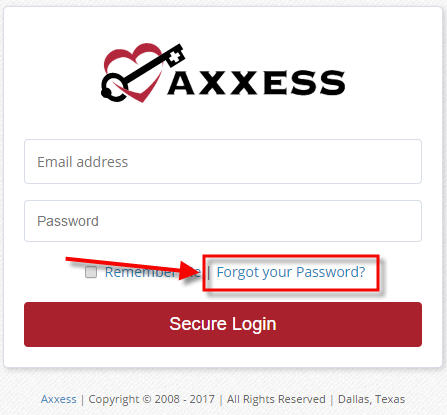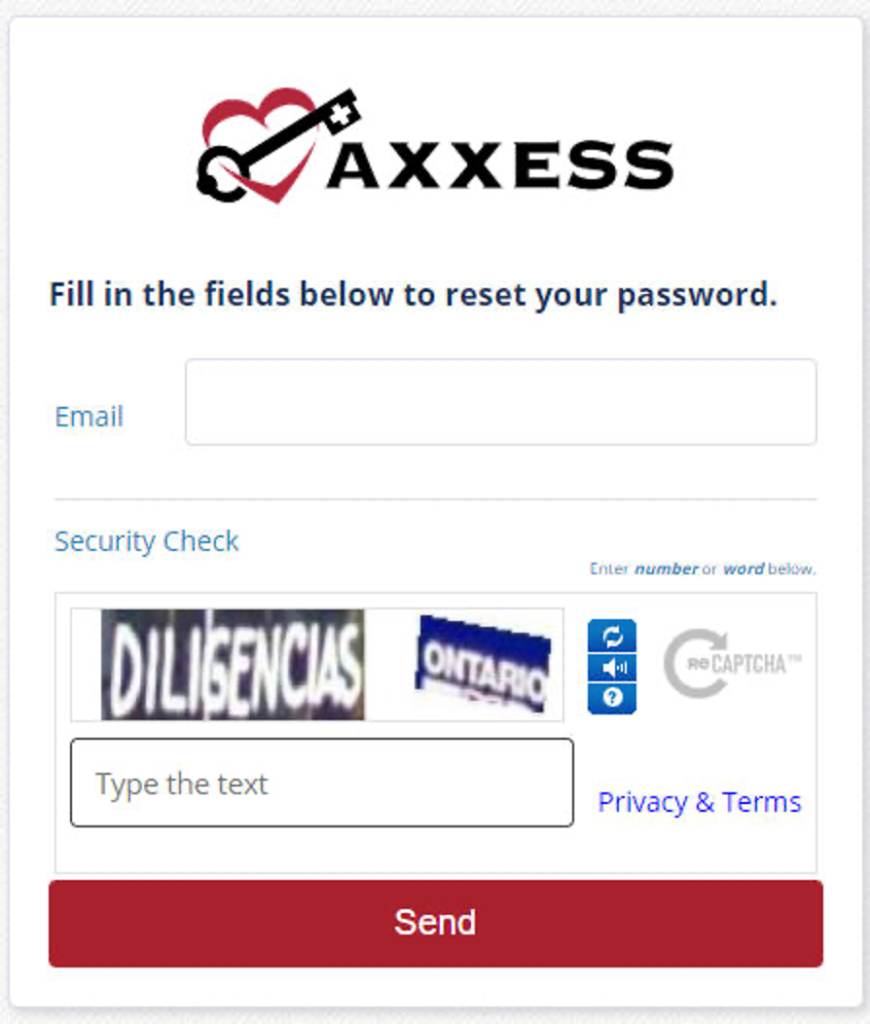Veterans 2024: You may receive benefits up to $32,729/yr to remain independent and at home




The literature related to the stress experienced by families who care for medically fragile children is analyzed. A model is generated from themes identified in the research literature. Four core themes were identified under which most of the stressors identified in the literature could be grouped. These are role conflict, financial burden, care burden, and independence. These are in turn arranged as a matrix in which the family, the child, the care professional, and health care system interact dynamically with the four core themes. The Family Stress/Task Matrix has the potential for facilitating research related to models that include a family-centered view among health professional and systems.
Ratliffe CE, Harrigan RC, Haley J, Tse A, Olson T. Stress in families with medically fragile children. Issues Compr Pediatr Nurs. 2002 Jul-Sep;25(3):167-88. doi: 10.1080/01460860290042558. PMID: 12230829.


Home care (rather than hospital care) for a diverse group of medically fragile children has expanded in the last decade without an adequate understanding of its impact on families. In this report, the psychological distress of parents was measured using family data and a standardized psychological distress instrument. Of 57 families studied, 59% of the mothers and 67% of the fathers reported significant levels of distress symptoms. Regression’s analysis suggest that factors associated with increased family responsibility contribute to parents’ distress. The type and amount of professional support also affect parental distress
Leonard BJ, Brust JD, Nelson RP. Parental distress: caring for medically fragile children at home. J Pediatr Nurs. 1993 Feb;8(1):22-30. PMID: 8445515.


Forty-eight mothers and fathers caring for a medically fragile child at home completed questionnaires and were interviewed about the impact of this caregiving on their family and about their relationship with home care professionals. Factors contributing to a positive parent-professional relationship were professional competence, genuine caring for the child, and respectful, supportive collaboration with the family. More hours of care provided by home health aides increased mothers’ strain with the professional caregivers; more hours of care from nurses increased fathers’ strain. Family cohesion, family organization, and support from the community reduced the amount of strain parents reported having with home care providers. Implications for training providers and reducing the negative impact of home care are discussed.
Patterson JM, Jernell J, Leonard BJ, Titus JC. Caring for medically fragile children at home: the parent-professional relationship. J Pediatr Nurs. 1994 Apr;9(2):98-106. PMID: 8027945.


The health status of 48 families providing home care for their medically fragile children was studied. Mothers, as the primary caregivers, experienced a greater decline in their physical health than did fathers or siblings. When the financial burden of providing care was greater and when the relationship with care providers was more strained, families had more physical illness symptoms. Who provided home care services for the medically fragile child influenced the psychosocial impact on the family. Care provided by home health aides was associated with greater negative impact, whereas care from professional nurses reduced the negative impact. The trend toward home care for medically fragile children has been accelerating; this study points to the importance of studying the impact on the family of this kind of care. Policy implications regarding the amount and quality of services and payment for them are discussed.
Patterson JM, Leonard BJ, Titus JC. Home care for medically fragile children: impact on family health and well-being. J Dev Behav Pediatr. 1992 Aug;13(4):248-55. PMID: 1506462.

Chesapeake Home Health Care has in partnership with Veterans Care Coordination help families learn more about the VA benefit Pensiion with Aid and Attendance that helps pay for home care services. Call us otday to learn more 301-249-4333.
![CHHC_Feb_CoBrandedFlyer_2022[1]](https://chhccares.com/wp-content/uploads/2022/02/CHHC_Feb_CoBrandedFlyer_20221-scaled.jpg)
![CHHC_Mar_CoBrandedFlyer_2022[1]](https://chhccares.com/wp-content/uploads/2022/02/CHHC_Mar_CoBrandedFlyer_20221-scaled.jpg)


We here at Chesapeake Home Health Care (CHHC), are committed to showing our Nurses how much we appreciate your service and commitment to our clients.
Therefore, we would like to recognize you in a special way; thus, CHHC is introducing the Nurse of the Month award, just for you.
The monthly prize winner will receive the following:
Qualifications:
So come on and get excited!!!. Good luck to all of you

In an effort to keep both clinical staff and clients informed of the 21st Century CURES Act section 12006 (a) legislation passed January 1, 2020, please read the information below concerning the implementation of the Electronic Visit Verification (also known as EVV), Utilization of iPads for EMR (Electronic Medical Records) and Axxess Training Videos.
Please note: These changes are due to state and federal mandates that will affect all homecare-based organizations and private nursing entities.
EVV is a system that may include multiple point-of-care verification technologies, such as telephonic, mobile, and web-based verification inputs. The system electronically verifies the occurrence of home or community-based service visits by identifying the time that service provision begins and ends. This is to ensure accurate claims disbursement and safeguarding of beneficiaries who are authorized to receive services get the expected care. EVV is used to:
EHR / EMR Software is a digital version of a patient’s chart used to manage, maintain, and keep track of patient medical history. EHR Systems allow providers to securely and instantly access patient information, create and customize notes, use voice dictation, ePrescribe medications, and much more.
Real time note taking and sharing amongst staff
Immediate review of information by QA nurse
These videos provide step-by-step instructions for note documentation, nursing communication, nurse planner, schedules, task, co-signature notes, hospitalizations, QA Center, and medication orders management.
Please Note: EVV uses a clock to track your start time, end time, and total time for each shift worked. The GPS (Global Positioning System) within your cell phone or tablet knows your current location at the start and end of each shift. It does not record your location at any other time. Again, these mandates will affect all agencies and failure to comply may result in loss of services and benefits.

Initial Login
Your initial login to Axxess Home Health occurs through an email notification automatically sent to you when you sign up for services. When you receive the email, click the hyperlink provided and follow the instructions to create a password. Your password must be at least 8 characters in length. Once you’ve created a password, you will enter the software.

After logging in, you will be prompted to enter a PIN code. To set your PIN code the first time, you will enter 4 digits twice. The PIN code provides an extra layer of security that ensures data remains private and HIPAA compliant. Anytime you navigate out of the Axxess app you will be prompted to enter your PIN code to log back in.

If at any time you forget your password, there is no need to call your office or Axxess to reset it. Axxess provides the capability for you to reset your own password. Simply select the blue hyperlink “Forgot your Password?” on the bottom right-hand side of the login screen.
Once selected, you will be prompted to enter your email address and the automatically generated security words or numbers listed directly below your email address.

A link will then be sent to the email account associated with your Axxess profile (your username). Follow the instructions in the email to reset your password.

EFFECTIVE JANUARY 1, 2021: AXXESS HOME CARE WILL TAKE THE PLACE OF YOUR TIME SHEET
DOWNLOAD THIS APP TO:

Please Note: CHHC Nurses will still have to submit a paper invoice, for the time being.
The “clock in” feature is only available in the immediate vicinity of the service location.